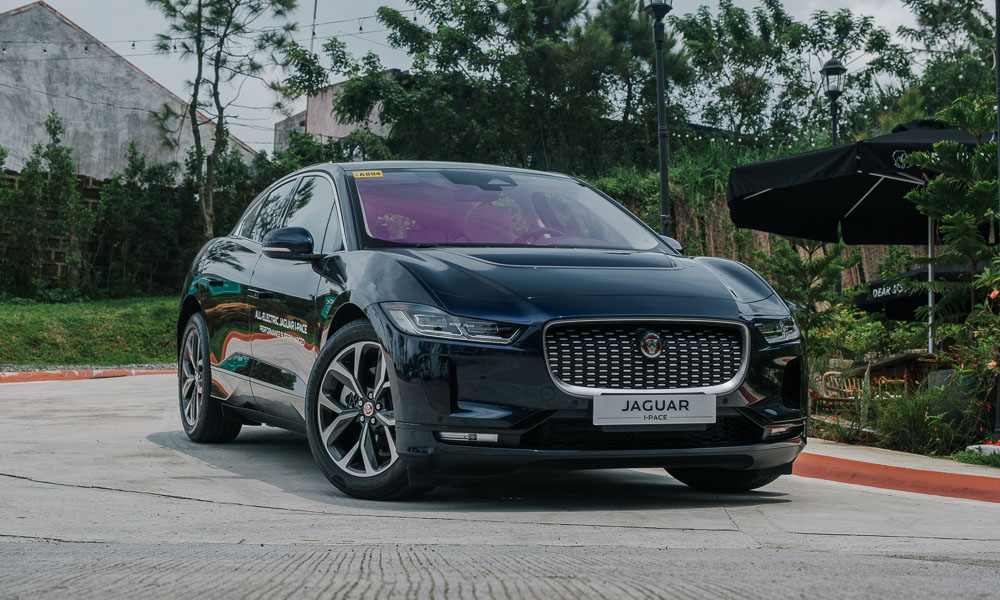
An electric vehicle is still something that only the well-off can afford, with even the mass-market Nissan Leaf costing a pretty penny to acquire. So, if you’re in the market for a premium EV, you have a decent amount of choices from several European automakers.
One of the first of these to be introduced to our market two years ago is the Jaguar I-Pace, which we were invited to experience on a lunch drive to Tagaytay alongside Coventry Motors head Chris Ward.
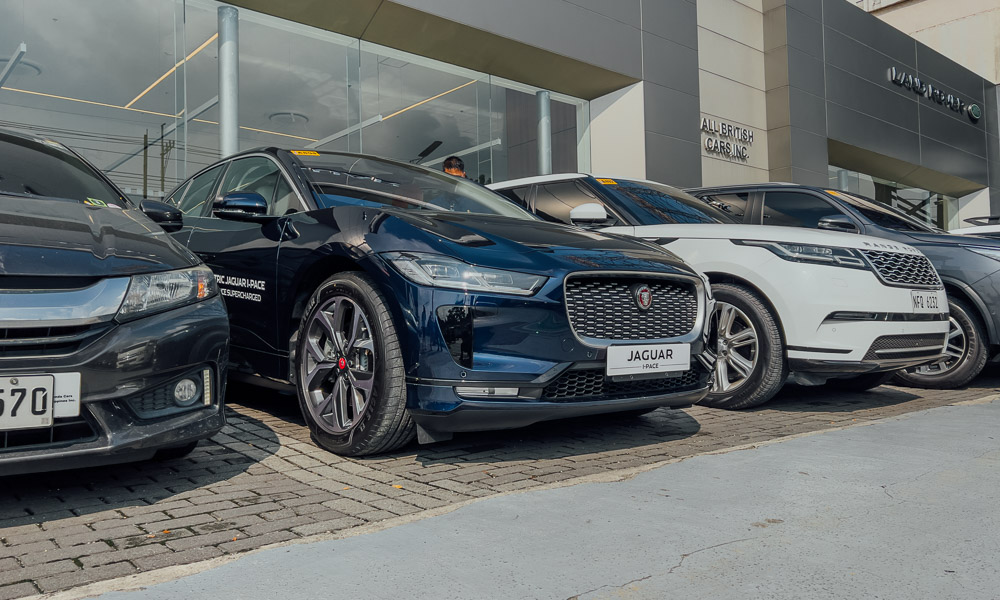
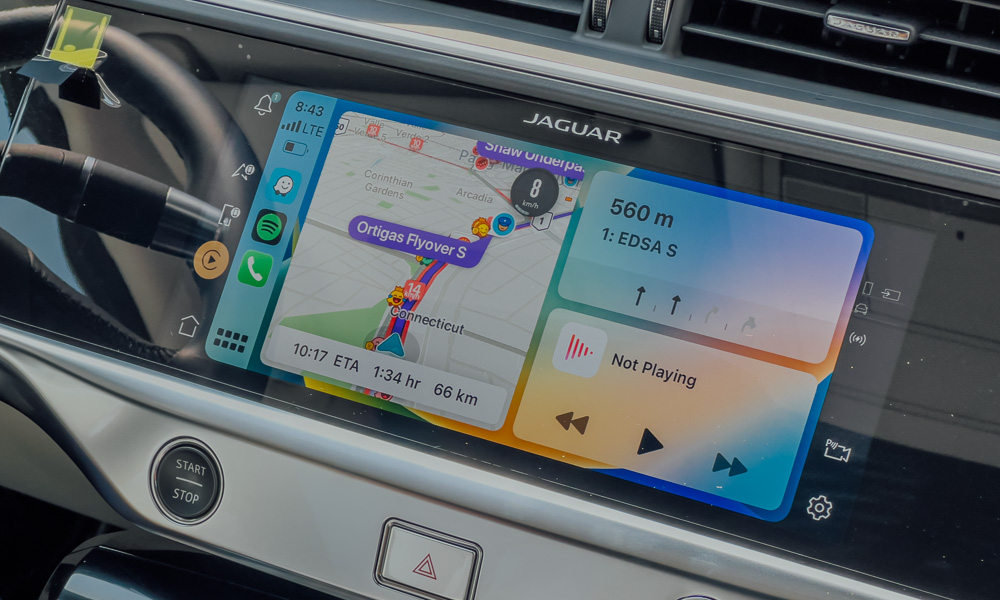
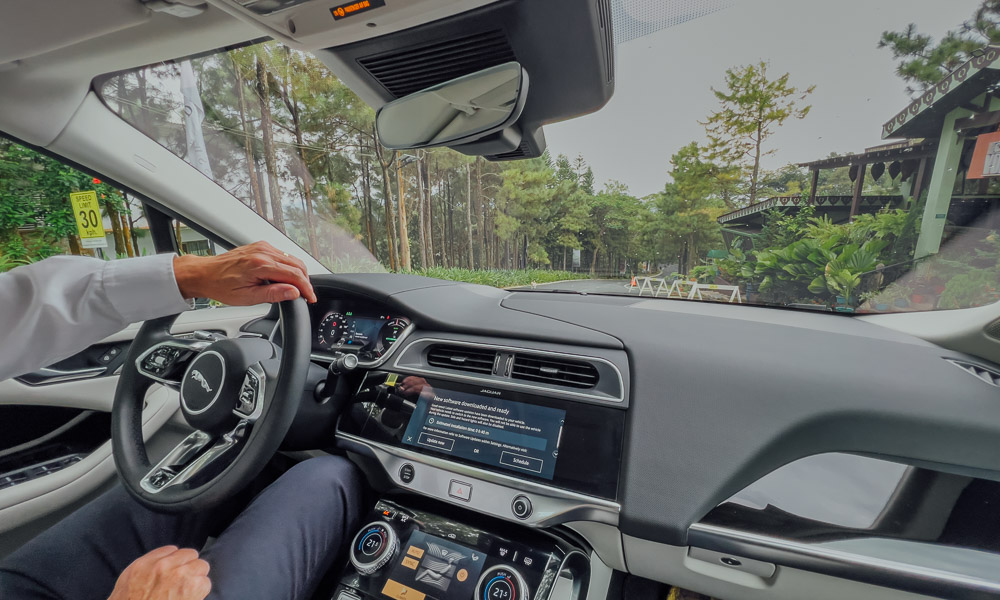
With no time wasted at 8:45am, we were off on a roughly 140km journey (including detours) to and from Tagaytay. As indicated by the onboard computer, leaving with a full charge would grant us an estimated 402km of range from a 90kWh battery pack. Do take note that the WLTP-rated range was 470km, but real-life conditions would obviously affect the figure.
The moment we left the Greenhills showroom, we were greeted by the infamous EDSA traffic all the way to the Skyway entrance. It was a fairly quiet and tame ride, and a very smooth one despite all the chaos around us. The air suspension ironed out all the deformities we encountered on the road, and the cabin was well insulated enough that road and traffic noise wasn’t an issue even at expressway speeds.
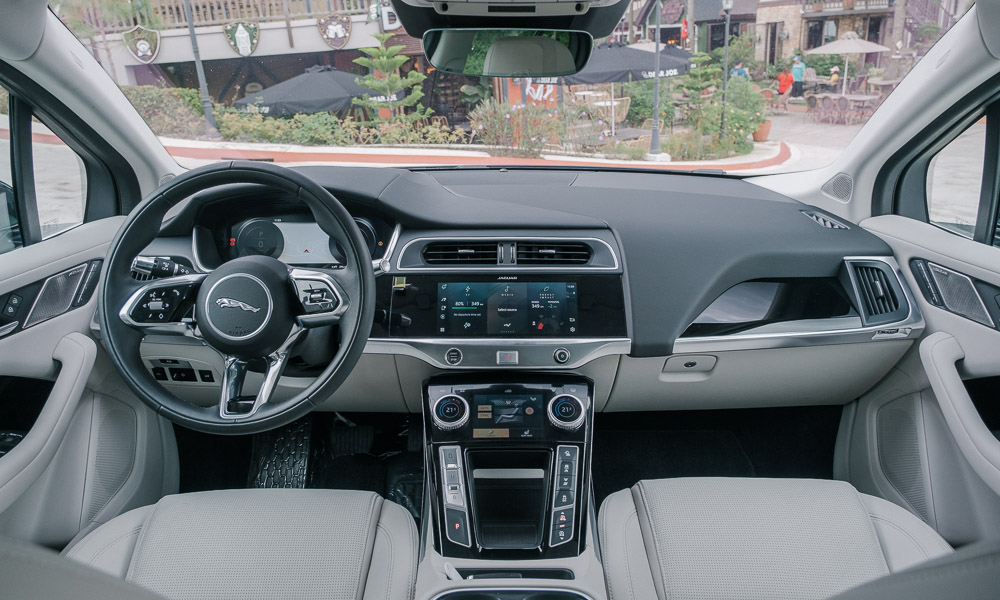
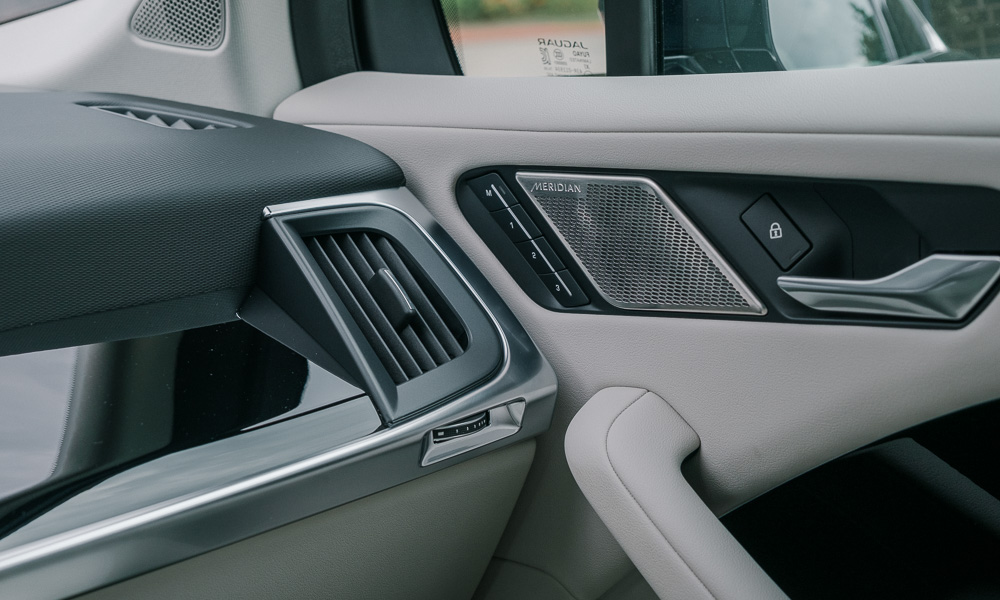
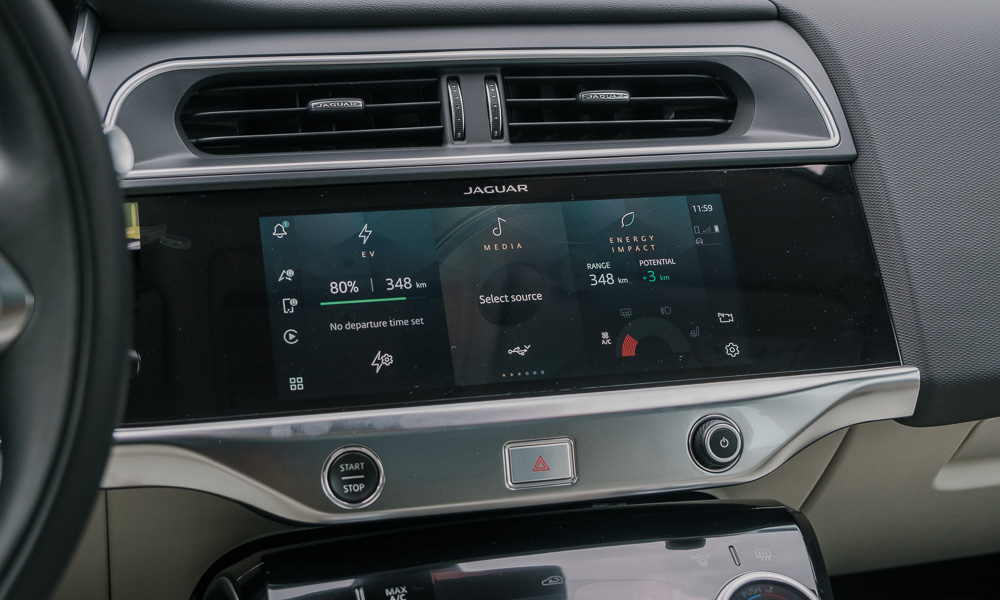
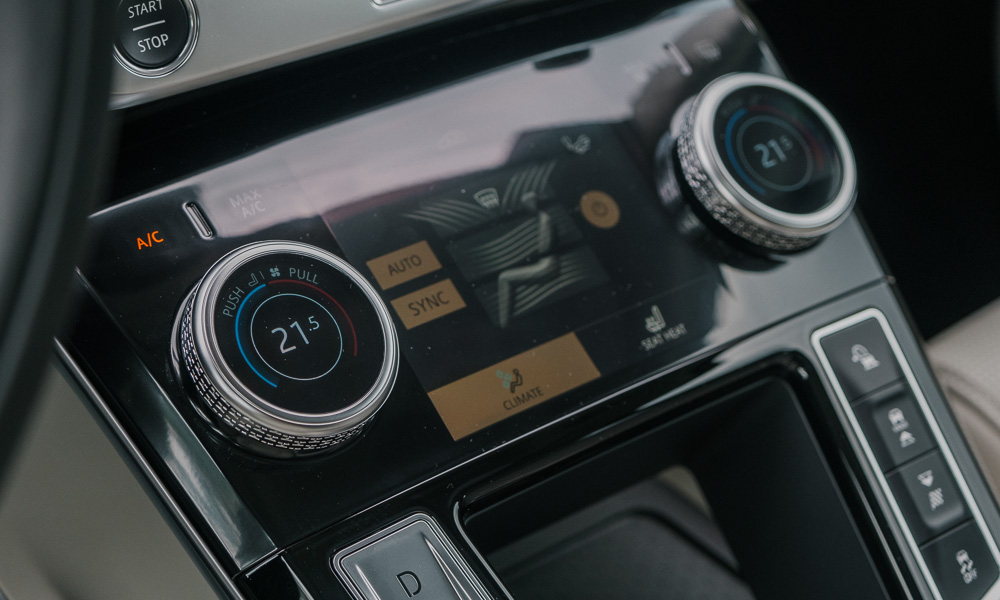
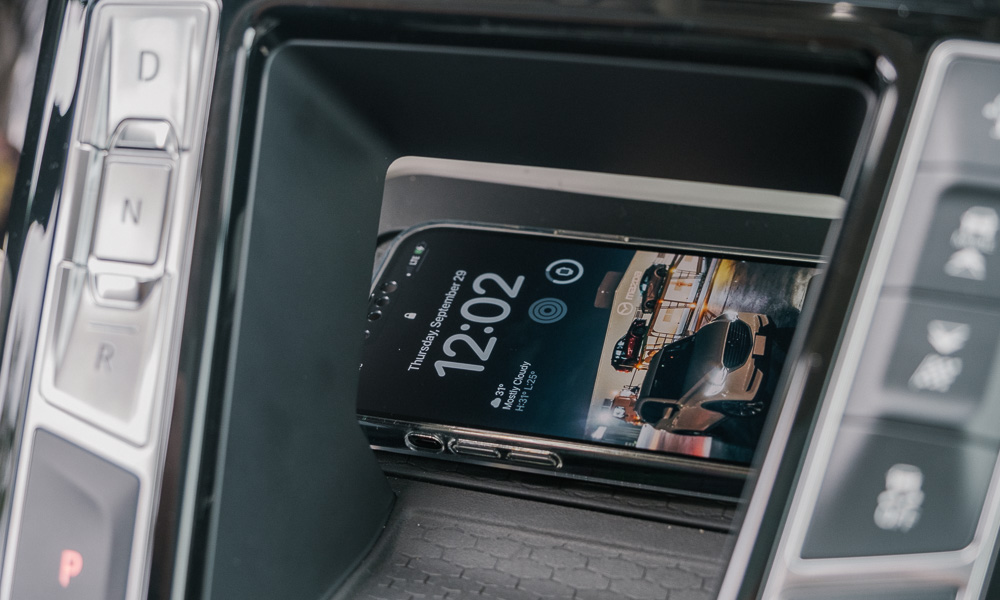
Speaking of the cabin, it’s not the up-to-date styling found in the latest Jaguar products. In fact, it’s identical to the one reviewed by my colleague two years back, save for the addition of a wireless charger and the updated Pivi Pro gracing the three screens, and the added support for wireless Apple CarPlay and Android Auto.
Regardless of this, if there’s one thing you can count on with the Brits, it’s making a luxurious cabin feel properly expensive. The supple, ivory-colored leather feels like silk on your skin, with aluminum accents adorning the dashboard and the switchgear. This, in combination with the fixed glass roof (which has a fiddly net that acts as a sunshade), makes it feel like a very airy and wide cabin.
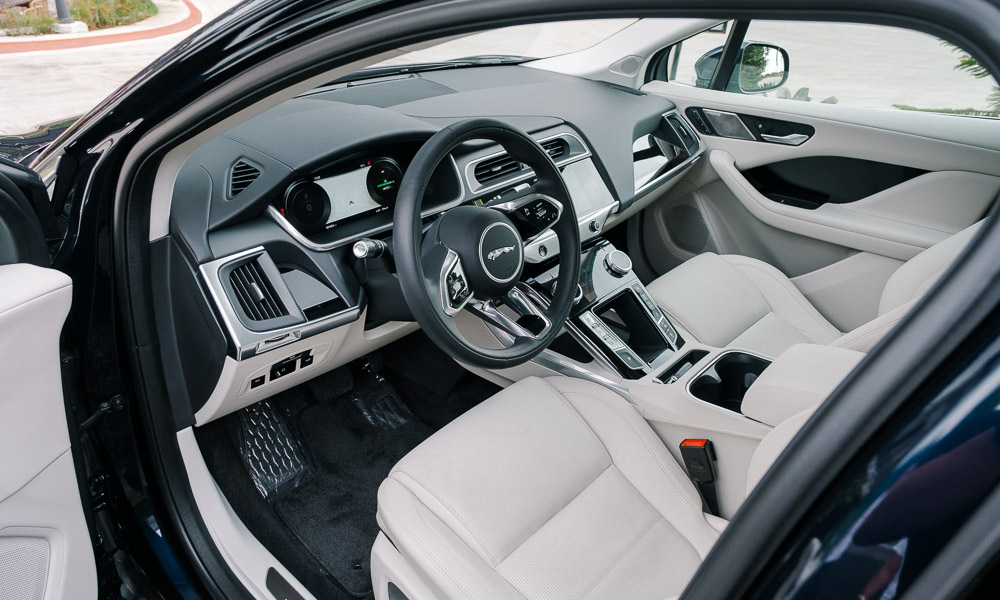
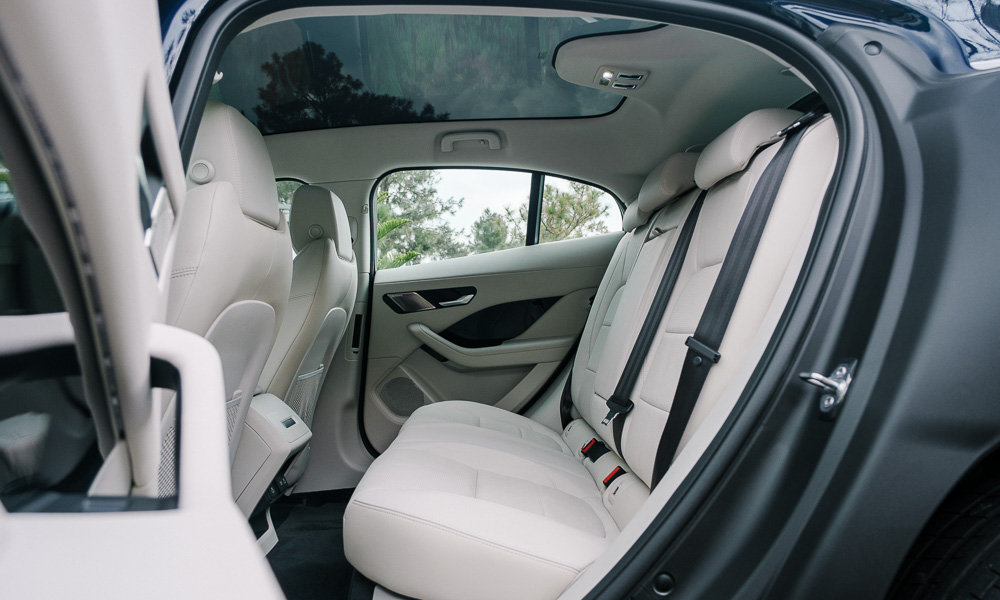
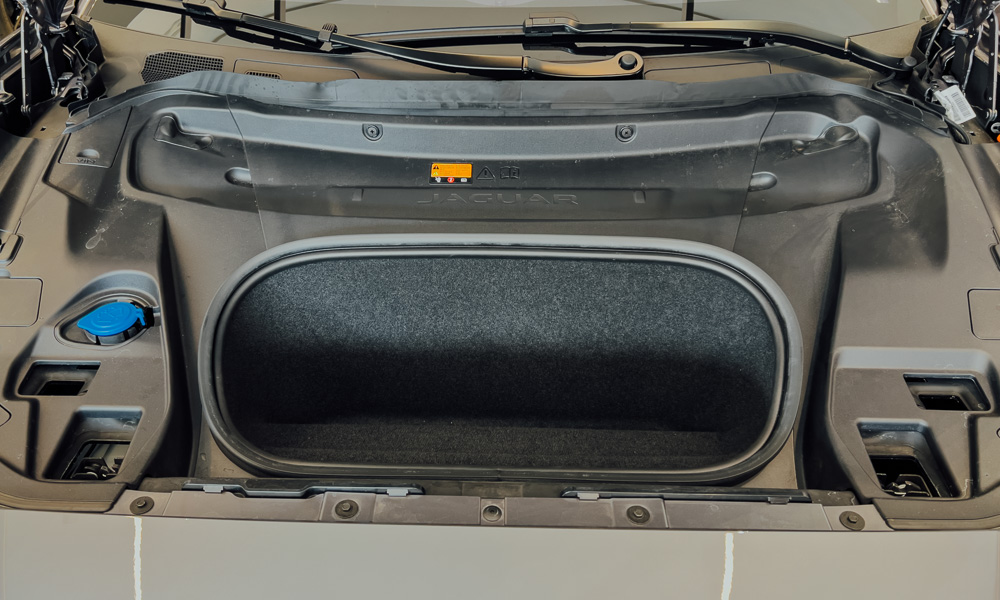
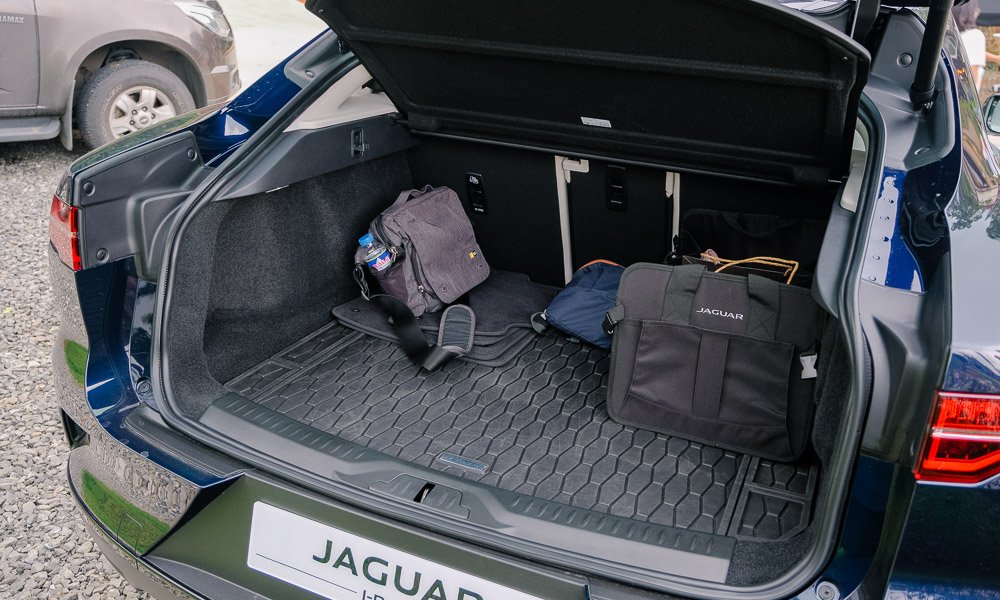
And yes, it’s a surprisingly roomy cabin despite the low-slung roofline for a crossover. The first two seats will cozily fit even the portliest driver and passenger with a sports sedan-like seating position, but the driver will have to contend with the poor rearward visibility no thanks to the small rear window.
The amount of legroom at the back makes this a true five-seater crossover without all the awkwardness coming from having a center tunnel. As for headroom, it’s pretty forgiving for someone of my height (5’10”) even with the headliner tapering off toward the rear glass.
There are a 27L front trunk (which is where you’d ideally put your charging cable), and a 577L cargo bay (that expands to 1,453L with the seats down), which makes it a very, very practical crossover to live with.
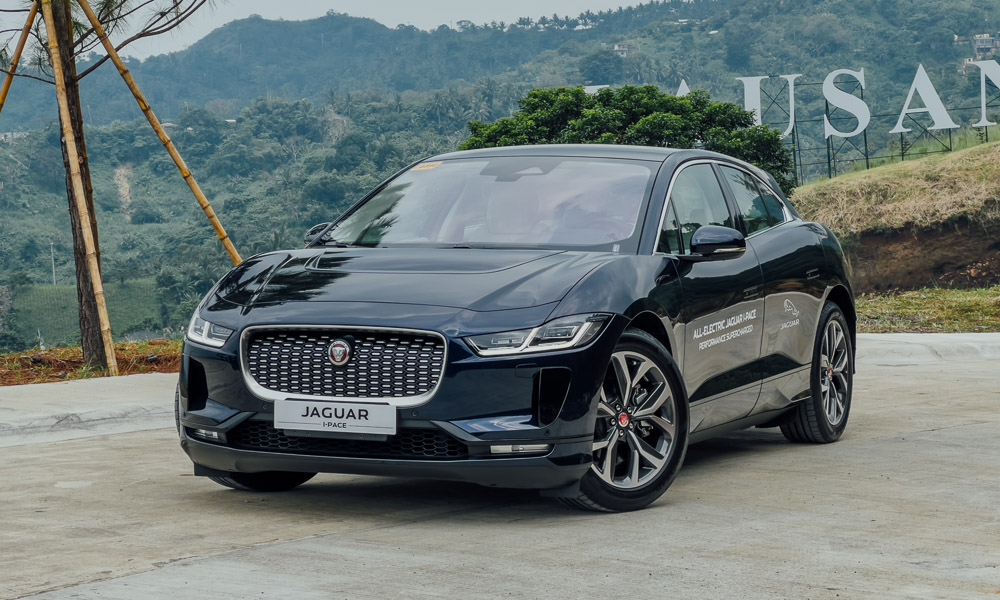
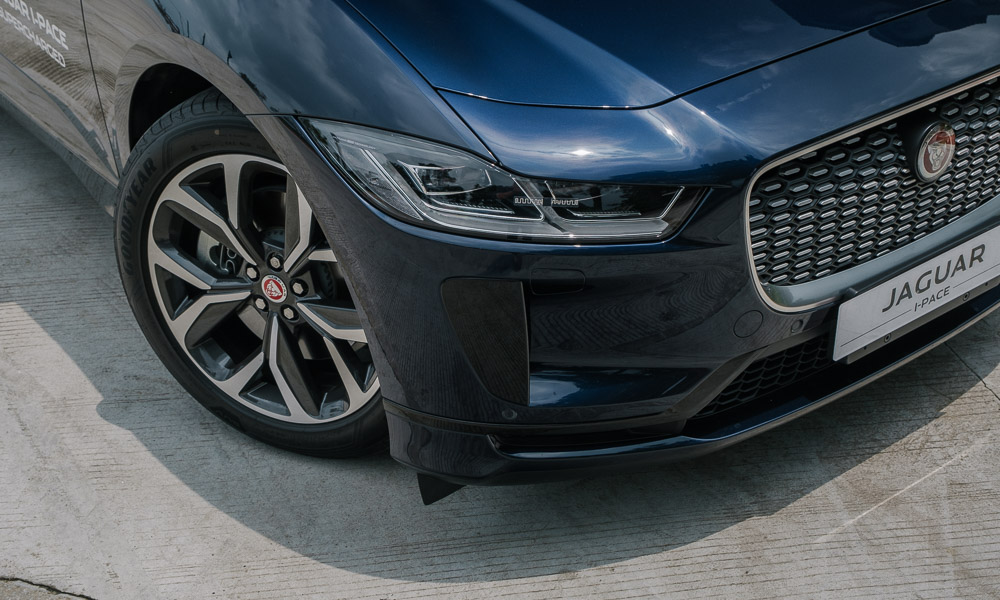
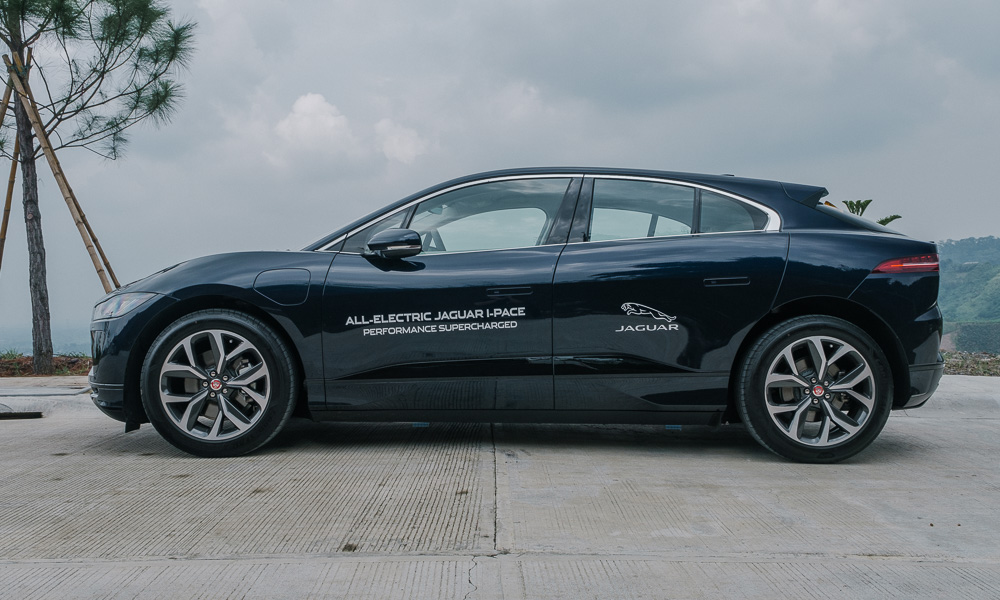
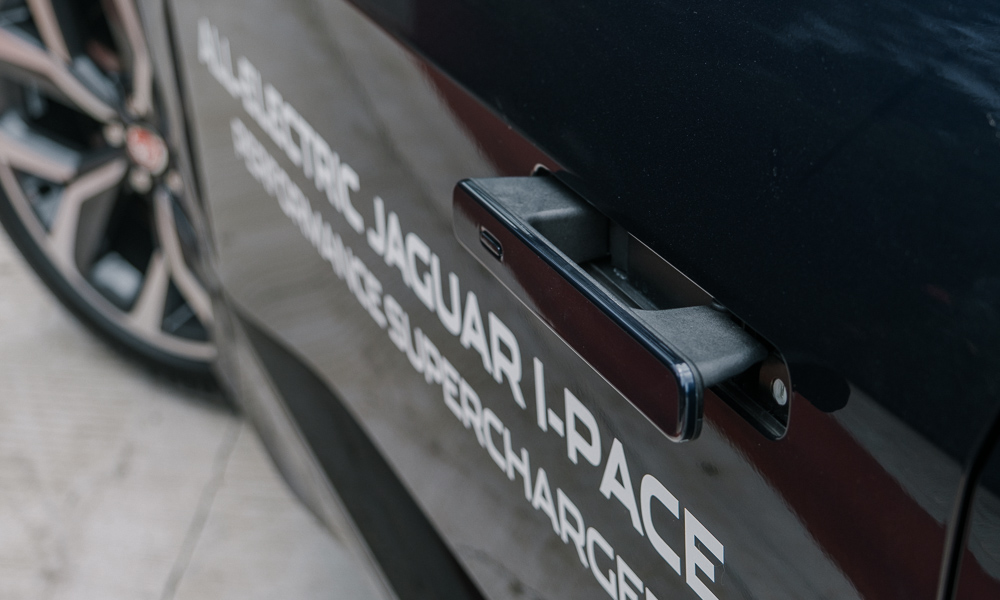
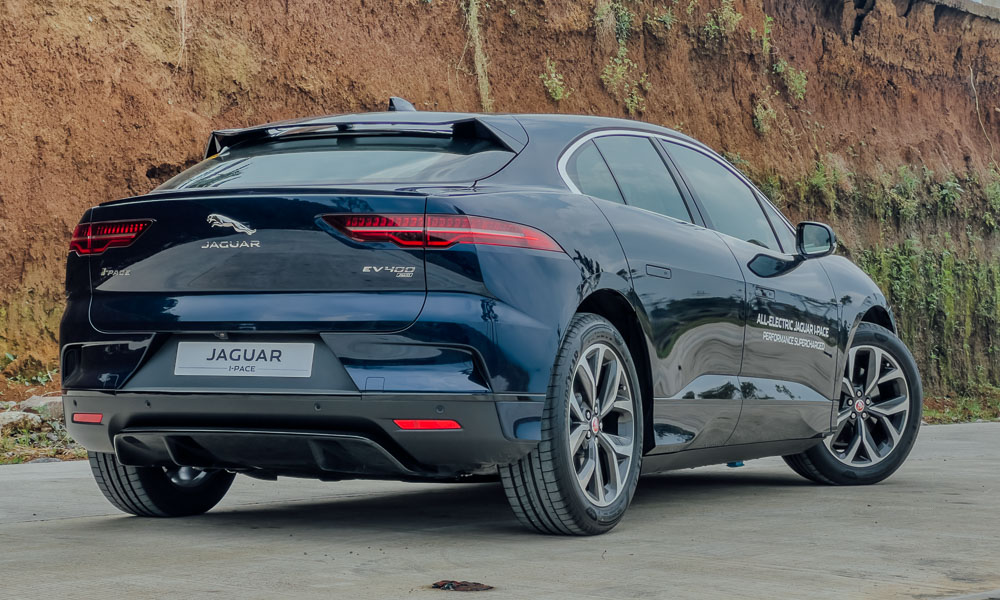
As we finished our quick lunch at the Dear Joe café in Tagaytay Crosswinds, it was time for me to shoot the car for this article’s photos. If there was one thing that stood out, it was how this car looked big in photographs but has the illusion of being smaller in the metal (unlike the Ioniq 5 and the EV6) thanks to its styling.
The design may already be a few years old, but it never fails to turn heads with its great mix of concept and sports car design touches, especially when the flush door handles pop out of the body. It’s a crossover that doesn’t look like one, especially when the air suspension is at its lowest setting. There’s nothing like the I-Pace on the market, and it’s very easy to stand out in this vehicle.
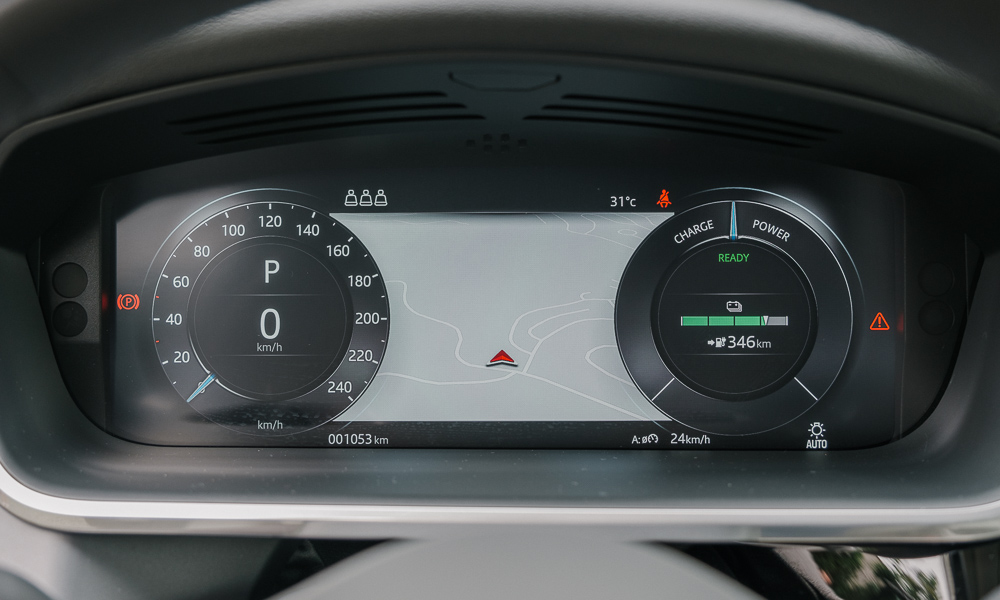
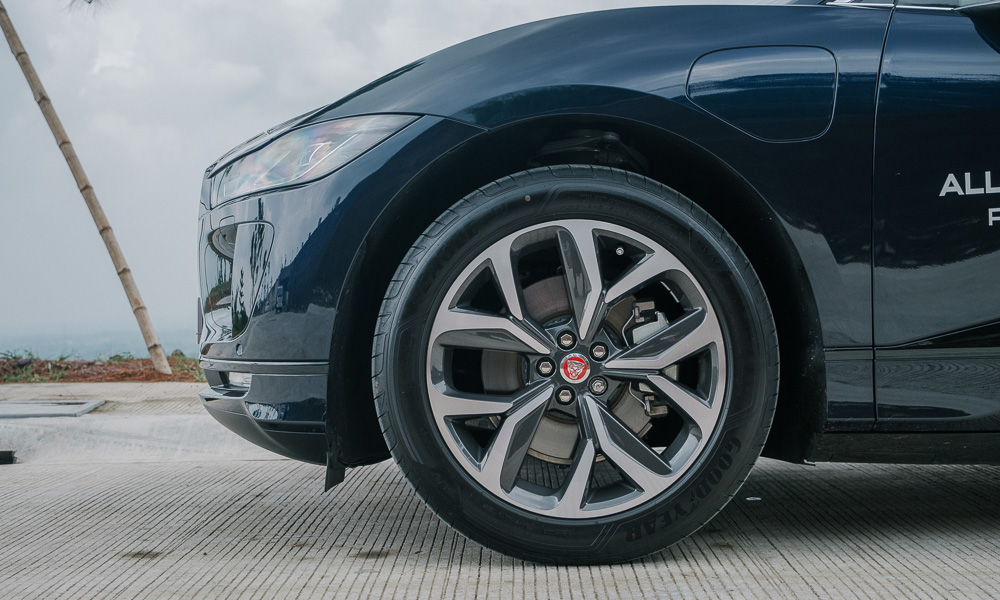
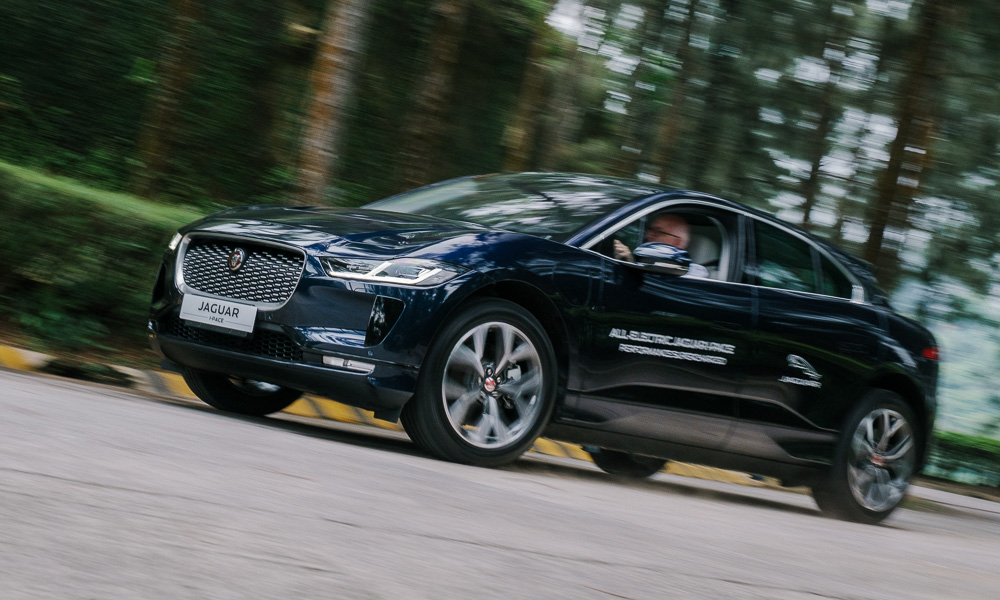
The EV retains some of the sportier qualities of the brand. All 395hp and 696Nm hit you at the back of the head the moment you mash the throttle pedal. Merging on the expressway is very easy, hitting 100km/h in 4.8 seconds. It’s all done silently with the faint growl of a synthesized engine noise coming through the 16-speaker Meridian sound system to let you know you’re going fast.
Of course, it’s easy for an EV to be quick off the line. The steering is moderately weighted with decent feedback, which is a good thing compared to other EVs’ featherlight and numb steering feel. But with Chris behind the wheel, he managed to show off the best of the handling (safely and legally within the speed limit, of course) on some empty windy back roads.
With its skateboard-like configuration for the battery pack, the center of gravity is as low as possible (as is with all EVs), so you can expect some great handling. Despite the large 20-inch wheels shod by Goodyear Eagle F1 SUV rubber, the dramatic elevation changes, and the mixed road conditions, I could tell that the vehicle was taking all of those corners with gusto, feeling almost just like the F-Type he had driven me around in a few months back.
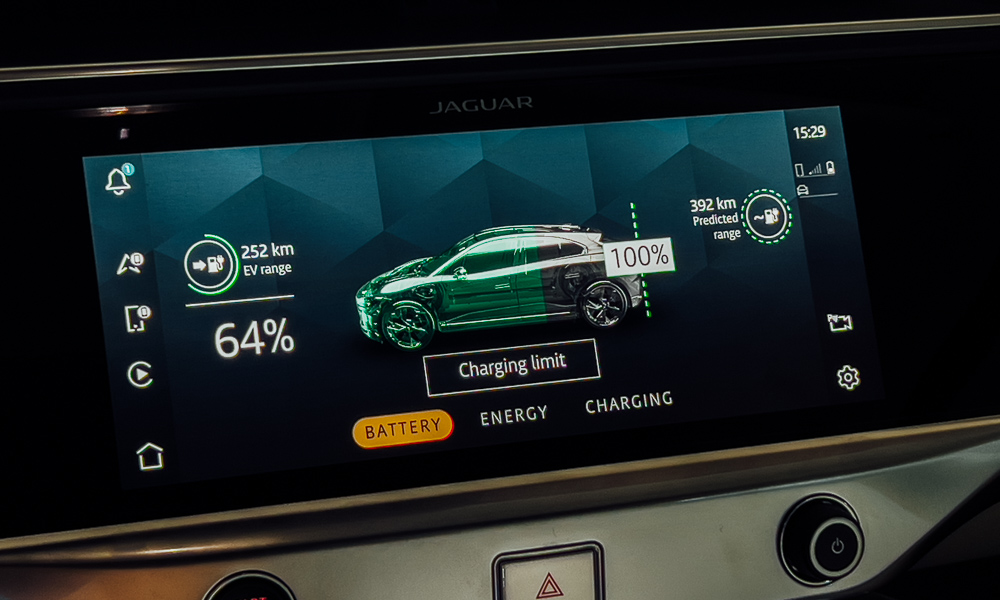
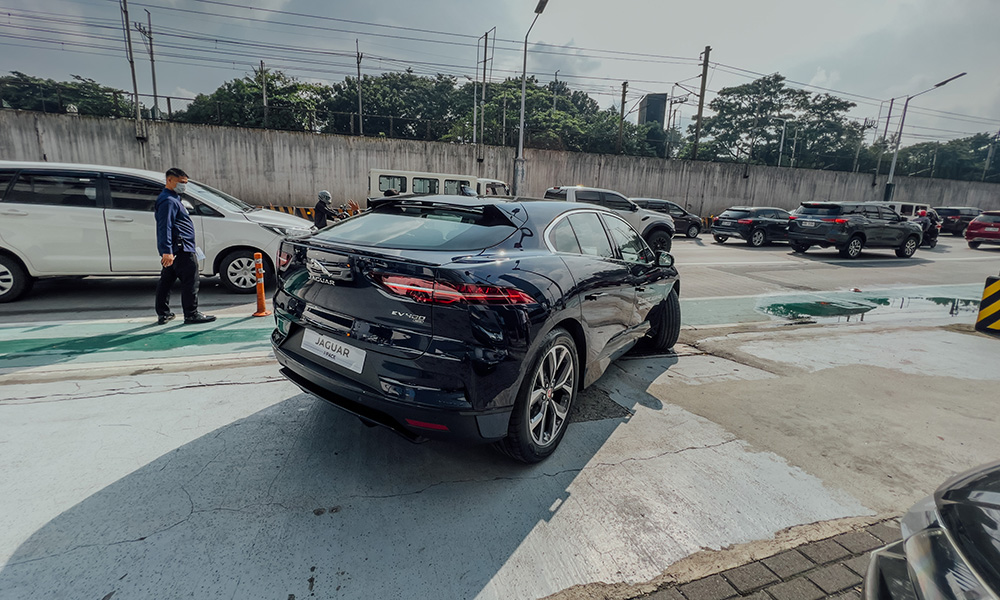
The stint back was a whole lot more conservative, but this was because Chris wanted me to try out the vehicle’s regenerative braking system on High. In Normal, it slowed down like a normal ICE-powered vehicle, but when it was on High, one-pedal driving was possible, aggressively slowing your car down the moment you lifted off the throttle to help regenerate as much energy as possible. Of course, it wouldn’t fully stop the vehicle, so keep a foot on the brake pedal ready.
It was great especially in city driving, making stints between intersections less fatiguing. I’d argue that the whole hour crawling in EDSA was made less painful with this feature, but I would advise first-time EV drivers to get used to the feature.
We arrived back at the Greenhills showroom with 64% left on the battery with 252km of range, which was impressive considering the incredibly spirited driving Chris did on the back roads. I bet that had we driven this more conservatively, we’d be back in Metro Manila with around 75% of the battery left.
And if you’re wondering about warranty and servicing, it comes with a standard three-year/100,000km warranty, but there is a five-year/102,000km complementary service plan (yes, free). Service intervals are also every 24 months or 34,000km. And the battery pack also has an eight-year warranty/150,000km/70% state of charge, so long-term owners can breathe easy.
Now, the price to pay for the I-Pace EV400 is P7.69 million, and an AC wall box home charger is included (although the installation fee is separate). It’s a niche market for those who can afford it, but you’re getting a package unlike other premium EVs out there.
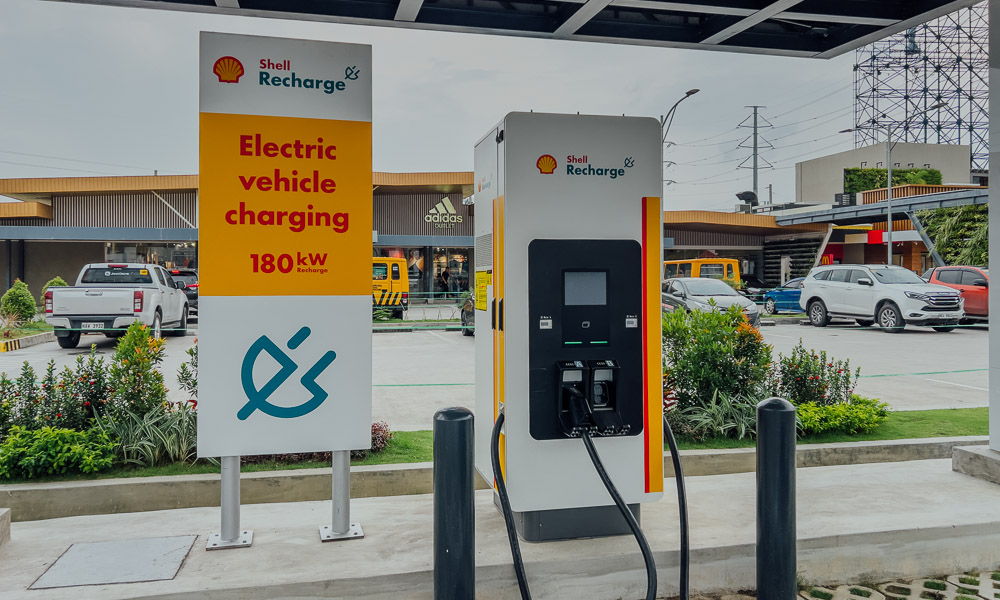
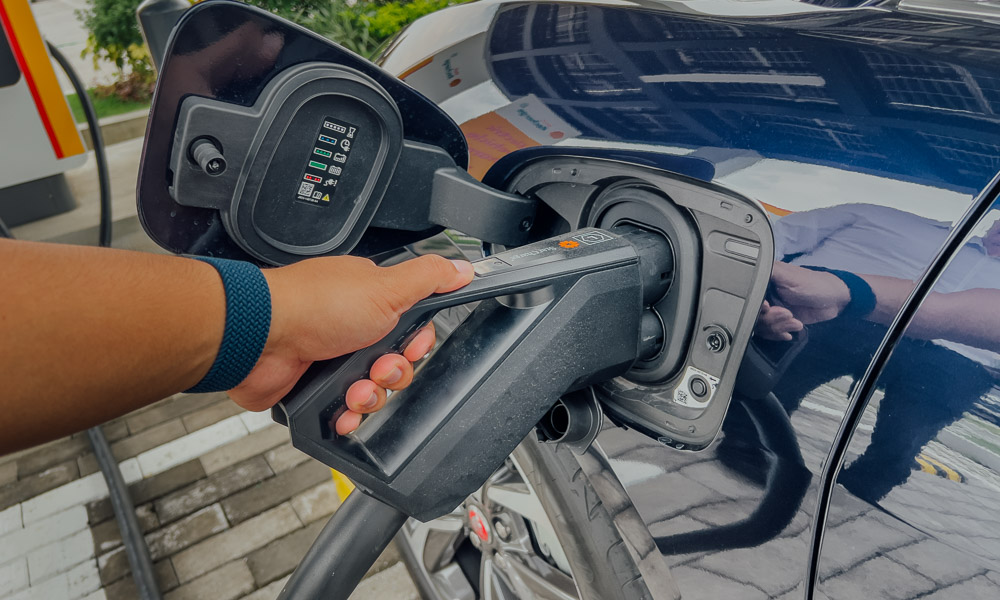
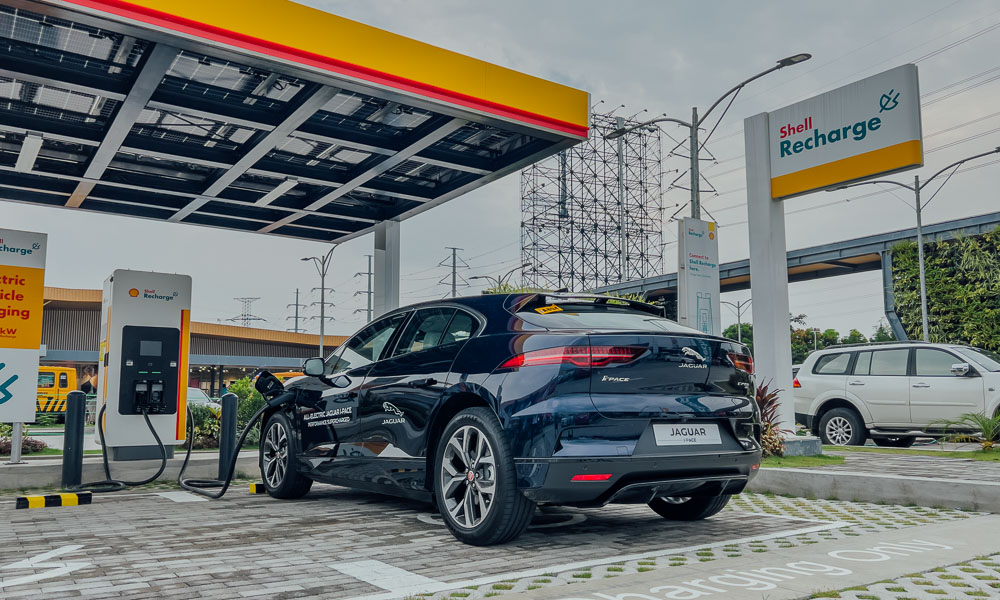
Obviously, one of the main points of this drive was to show off how an EV like this was capable of doing out-of-town trips and coming back with a generous amount of charge left to run errands around town.
It’s a lot easier now with the Electric Vehicle Industry Development Act. But to summarize my very long chat with Chris about the state of EVs in the Philippines, the biggest issue is tackling the masses’ fear of change and other law-related roadblocks before we can say that we have widespread EV adoption, regardless whether your vehicle is for the mass market or the premium sector.


0 Comments